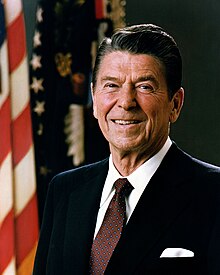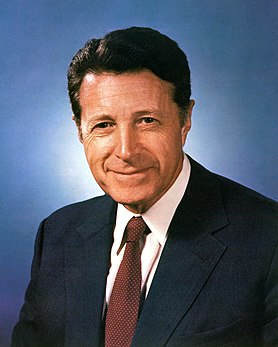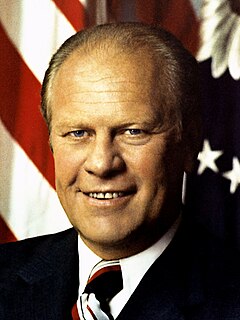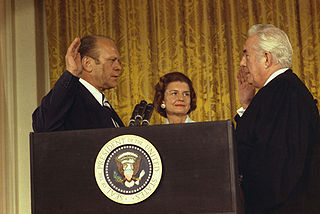1970s

- 1970 — The first Earth Day is observed.
- 1970 — Kent State and Jackson State shootings occur during student protests which grow violent.
- 1970 — American Top 40 , hosted by radio personality Casey Kasem, becomes the first successful nationally syndicated radio program featuring a weekly countdown.
- 1970 — The Public Broadcasting System (PBS) begins operations, succeeding National Educational Television (NET).
- 1970 – Singer-songwriter-guitarist-musician Jimi Hendrix dies of a drug overdose at the age 27.
- 1970 – Singer Janis Joplin dies of a drug overdose at the age of 27.
- 1970 — The Environmental Protection Agency is created.
- 1970 — The Occupational Safety and Health Act, or OSHA, is signed into law.
- 1971 – Singer Jim Morrison dies of a drug overdose at the age of 27.
- 1971 — President Richard Nixon ends the United States Gold standard monetary policy known as the Nixon Shock
- 1971 — A ban on radio and television cigarette advertisements goes into effect in the United States
- 1971 — The landmark situation comedy, All in the Family , premieres on CBS.
- 1971 — 26th Amendment ratified, allowing 18-year-olds to vote.
- 1971 — In New York Times Co. v. United States , the U.S. Supreme Court rules that the Pentagon Papers may be published, rejecting government injunctions as unconstitutional prior restraint.
- 1972 — President Richard Nixon visits China, an important step in formally normalizing relations between the United States and China.
- 1972 — Anti-Ballistic Missile Treaty signed with USSR
- 1972- Jackie Robinson dies
- 1972 — Watergate scandal: Five men arrested for the burglary of the Democratic National Committee headquarters at the Watergate office complex in Washington, D.C.
- 1972 — U.S. presidential election, 1972: Richard M. Nixon re-elected president, Spiro T. Agnew reelected vice president
- 1972 — Apollo 17 flies to the Moon, and becomes the last manned mission there (as of 2018)
- 1973 – President Nixon and Vice President Agnew begin second terms
- 1973 — Roe v. Wade Supreme Court ruling overturns state laws against abortion
- 1973 — Paris Peace Accords ends direct U.S. involvement in the Vietnam War
- 1973 — The Senate Watergate hearings begin, highlighted by Fred Thompson's discovery of Nixon's secret tapes
- 1973 — Skylab launched as the USA's first space station
- 1973 — Vice President Spiro T. Agnew resigns in disgrace as part of a plea bargain. Representative Gerald R. Ford of Michigan becomes the first person to be appointed Vice President under the 25th Amendment to the Constitution
- 1973 — Watergate scandal: President Nixon fires three Attorneys General over disposition of the secret tapes and the actions of the Special Prosecutor.
- 1973–1974 — The United States is affected by the Arab Oil Embargo; gasoline prices skyrocket as supplies of gasoline and heating oil are in short supply. In response, Daylight Savings Time is started in January (nearly four months earlier than usual), and the national speed limit is lowered to 55 mph.
- 1974 — The 1974 Super Outbreak, the second-largest series of tornadoes in history (at 148), hits 13 U.S. states and one Canadian province; 315 people are killed and more than 5,000 are injured.
- 1974 — Hank Aaron of the Atlanta Braves breaks Babe Ruth's home run record by hitting his 715th career home run.
- 1974 — Watergate scandal: The House Judiciary Committee votes to impeach the President
- 1974 — President Nixon resigns, becoming the first (and as of 2018, the only) President to step down. Vice President Ford becomes the 38th President. Nelson A. Rockefeller of New York becomes the second person to be appointed Vice President under the 25th Amendment to the Constitution
- 1974 — Watergate scandal: Ford pardons Nixon for any crimes he may have committed against the United States while President, believing it to be in the "best interests of the country"
- 1974 — Restrictions removed on holding private gold within the United States
- 1975 — Construction of the Trans-Alaska Pipeline System begins.
- 1975 — Fall of Saigon
- 1975 — Bill Gates founds Microsoft, which in time will dominate the home computer operating system market.
- 1975 — The Apollo–Soyuz Test Project, where an American Apollo and Soviet Soyuz spacecraft dock in orbit, marking the first such link-up between spacecraft from the two nations.
- 1975 — President Ford survives two assassination attempts in a 17-day time span.
- 1975 — The television series Wheel of Fortune and Saturday Night Live premiere on NBC.
- 1975 — Sony's Betamax becomes the first commercially successful home video recording unit
- 1976 — The Copyright Act of 1976 makes sweeping changes to United States copyright law
- 1976 — Americans celebrate the Bicentennial
- 1976 — U.S. presidential election, 1976: Jimmy Carter elected president, Walter F. Mondale elected vice president
- 1977 — Jimmy Carter becomes the 39th President, Walter F. Mondale becomes Vice President
- 1977 — The first home personal computer, Commodore PET, released for retail sale
- 1977 — The television miniseries Roots is aired on ABC, to critical acclaim and gaining record audiences
- 1977 — The New York City blackout of 1977 lasts for 25 hours, resulting in looting and other disorder
- 1977 — Elvis Presley, the king of rock and roll dies in his home in Graceland at age 42. 75,000 fans lined the streets of Memphis for this funeral
- 1977 — Atari 2600 becomes the first successful home video game system, popularizes the use of microprocessor based hardware and cartridges containing game code
- 1978 — Volkswagen becomes the second (after Rolls-Royce) non-American automobile manufacturer to open a plant in the United States, commencing production of the Rabbit
- 1978 — Camp David Accords, where Menachem Begin (Israel) and Anwar Sadat (Egypt) begin the peace process at Camp David, Maryland.
- 1978 — Humphrey Hawkins Full Employment Act signed into law, adjusting the government's economic goals to include full employment, growth in production, price stability, and balance of trade and budget
- 1978 — The Senate votes to turn the Panama Canal over to Panamanian control on December 31, 1999
- 1978 — Harvey Milk is assassinated by Dan White in San Francisco on November 27.
- 1979 — Three Mile Island nuclear accident, which is America's most serious nuclear power plant accident in its history.
- 1979 — Iran hostage crisis begins. In the aftermath, a second energy crisis develops, tripling the price of oil and sending gasoline prices over $1 per gallon for the first time.
- 1979 — American Airlines Flight 191 crashes after takeoff from O'Hare International Airport killing all 271 aboard and 2 on the ground, making it the deadliest aviation incident on U.S. soil
- 1979 — Facing bankruptcy, Chrysler receives government loan guarantees upon the request of CEO Lee Iacocca to help revive the company

Earth Day is an annual event celebrated on April 22. Worldwide, various events are held to demonstrate support for environmental protection. First celebrated in 1970, Earth Day now includes events in more than 193 countries, which are now coordinated globally by the Earth Day Network.

The Kent State shootings were the shootings on May 4, 1970, of unarmed college students by members of the Ohio National Guard at Kent State University in Kent, Ohio, during a mass protest against the bombing of Cambodia by United States military forces. Twenty-eight guardsmen fired approximately 67 rounds over a period of 13 seconds, killing four students and wounding nine others, one of whom suffered permanent paralysis.

American Top 40 is an internationally syndicated, independent song countdown radio program created by Casey Kasem, Don Bustany, Tom Rounds and Ron Jacobs. The program is currently hosted by Ryan Seacrest and presented as an adjunct to his weekday radio program, On Air with Ryan Seacrest.















